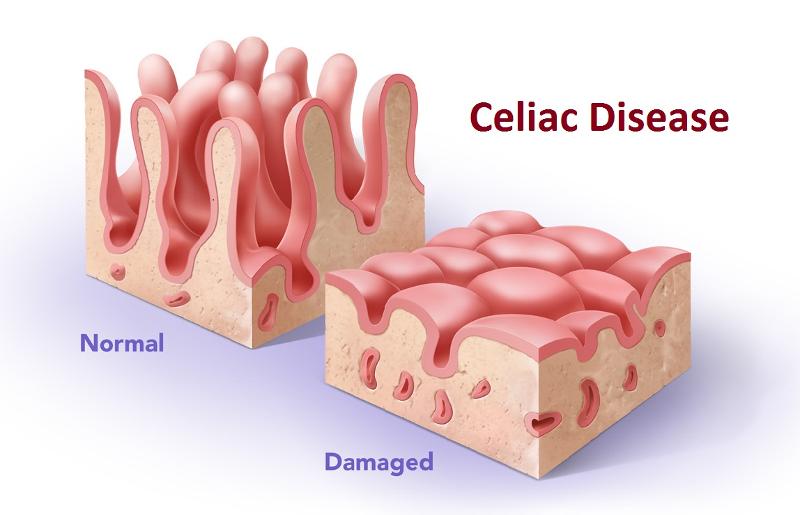Cataract
A
cataract is a clouding of the normally clear lens of eyes. Clouded vision caused by cataracts can
make it more difficult to read, drive a car (especially at night).
Most
cataracts develop when aging or injury changes the tissue that makes up eye's
lens.Some cataracts are related to inherited genetic disorders that cause other
health problems and increase the risk of cataracts. Cataracts can also be
caused by other eye conditions, medical conditions such as diabetes, trauma or
past eye surgery. Long-term use of steroid medications, too, can cause
cataracts to develop.
The lens, where cataracts form,
is positioned behind the iris. The lens focuses light that passes into eye,
producing clear, sharp images on the retina, the light-sensitive membrane on
the back inside wall of the eyeball that functions like the film of a camera.
A cataract scatters the light as
it passes through the lens, preventing a sharply defined image from reaching
your retina. As a result, vision becomes blurred.
Symptoms:
·
Clouded,
blurred or dim vision
·
Increasing
difficulty with vision at night
·
Sensitivity
to light and glare
·
Frequent
changes in eyeglass or contact lens prescription
·
Fading
or yellowing of colors
·
Double
vision in a single eye
The only effective
treatment for cataracts is surgery.











